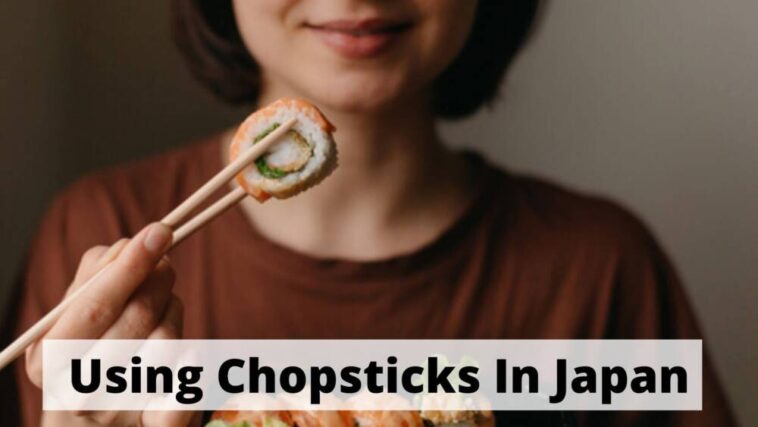Want to learn how to use chopsticks the right way? Here’s a simple step-by-step guide on how to use chopsticks and chopsticks etiquette in Japan.
Mastering those bamboo sticks? Fret no more! This guide dives into the proper way to hold chopsticks, along with essential Japanese etiquette to avoid faux pas at your next meal.
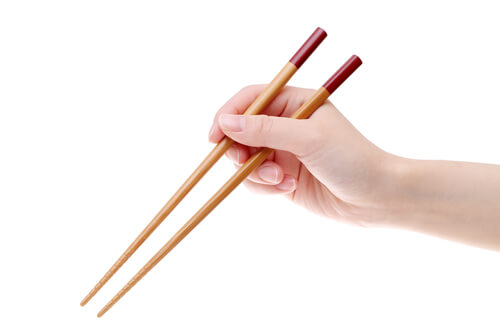
Page Contents
How To Use Chopsticks The Right Way?
How To Hold The Chopstick Properly? Step-by-step Guide:
- Positioning the bottom chopstick: Place the bottom chopstick in the crook between your thumb and the base of your index finger, holding it firmly in place.
- Resting the top chopstick: Rest the top chopstick on the tip of your middle finger, balancing it near the base.
- Using the thumb, index finger, and middle finger: Use your thumb and index finger to open and close the top chopstick while keeping the bottom chopstick stationary. Imagine holding a pencil.
- Practice opening and closing the chopsticks: Gently practice opening and closing the chopsticks to get a feel for the motion. Start by picking up small objects like rice or beans to refine your control.
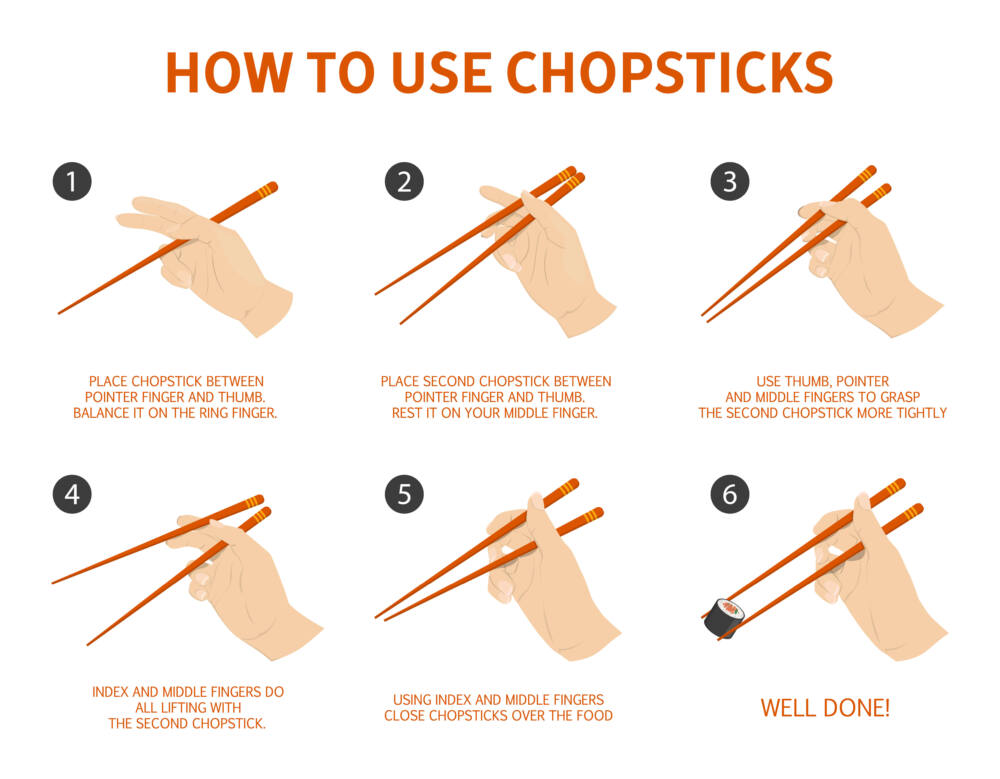
Using the Chopsticks
Now that you can hold the chopsticks, let’s learn how to use them effectively:
How To Pick up food Using chopsticks?
- Avoid piercing food: Never pierce food with your chopsticks. This is considered bad table manners in Japan.
- Using the top chopstick to move food: Use the top chopstick to gently pinch food and transfer it to your bowl or plate.
- Picking up small pieces of food: For smaller pieces like rice or sesame seeds, use both chopsticks to scoop and transfer them.
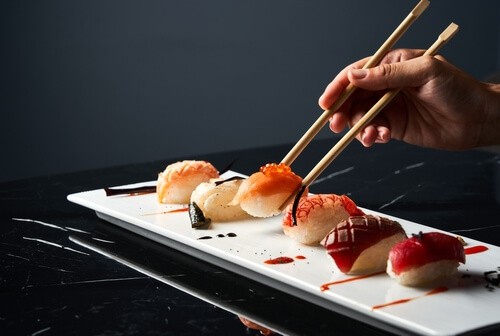
Dos and don’ts On using Chopsticks
- Don’t rub the chopsticks together: This is considered rude and implies that the chopsticks are dirty or of poor quality.
- Don’t point with the chopsticks: Pointing with chopsticks is considered aggressive and disrespectful.
- Don’t use chopsticks to spear food: Spearing food is considered uncouth in Japanese dining etiquette.
- Don’t pass food directly from chopstick to chopstick: This practice, known as “hashiwatashi,” is considered taboo and associated with funeral rituals.
- Don’t leave your chopsticks standing upright in your rice bowl: This is similar to the practice of incense offered at funerals and is considered disrespectful.

How To Transfer Food Using Chopsticks?
- Use chopsticks to carefully transfer food from a shared dish to another person’s plate.
- When sharing food, always use the “clean” end of your chopsticks.
How To Rest the Chopsticks When You’re Not Holding/Using Them?
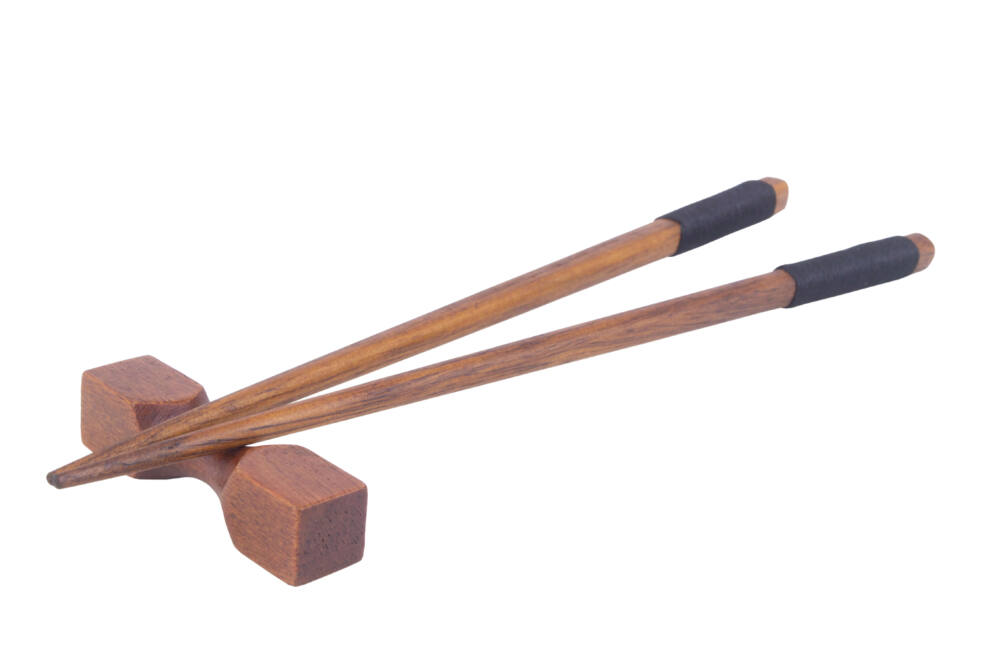
There are two ways to rest your chopsticks:
- Place them horizontally on the chopstick rest provided.
- Lay them across the rim of your rice bowl.
Chopsticks Etiquette in Japan in Different Situations
Chopsticks Etiquette When Dining Out In Japan
- Use the provided chopsticks or ask for a new pair if they are dirty.
- Place your order using polite language.
- Avoid talking loudly or making disruptive noises while eating.
Chopsticks Etiquette When Sharing Food
- Share food generously and politely.
- Offer the “clean” end of your chopsticks when sharing food.
- Avoid double-dipping your chopsticks in shared dishes.
Conclusion
Learning and practicing proper chopstick etiquette is a gesture of respect for Japanese culture. It takes time and dedication, but the effort will be rewarded by a deeper appreciation for Japanese cuisine and customs.
Remember, the key is to be patient, practice consistently, and always be mindful of cultural nuances.
With a little effort, you’ll be using chopsticks like a pro in no time, enhancing your dining experience and demonstrating your cultural awareness.
Also Read:
- What Japanese Say Before Eating
- We reviewed some must-have Japanese kitchen goods
- Step-by-step instructions to cooking Japanese rice cooker in a rice cooker


